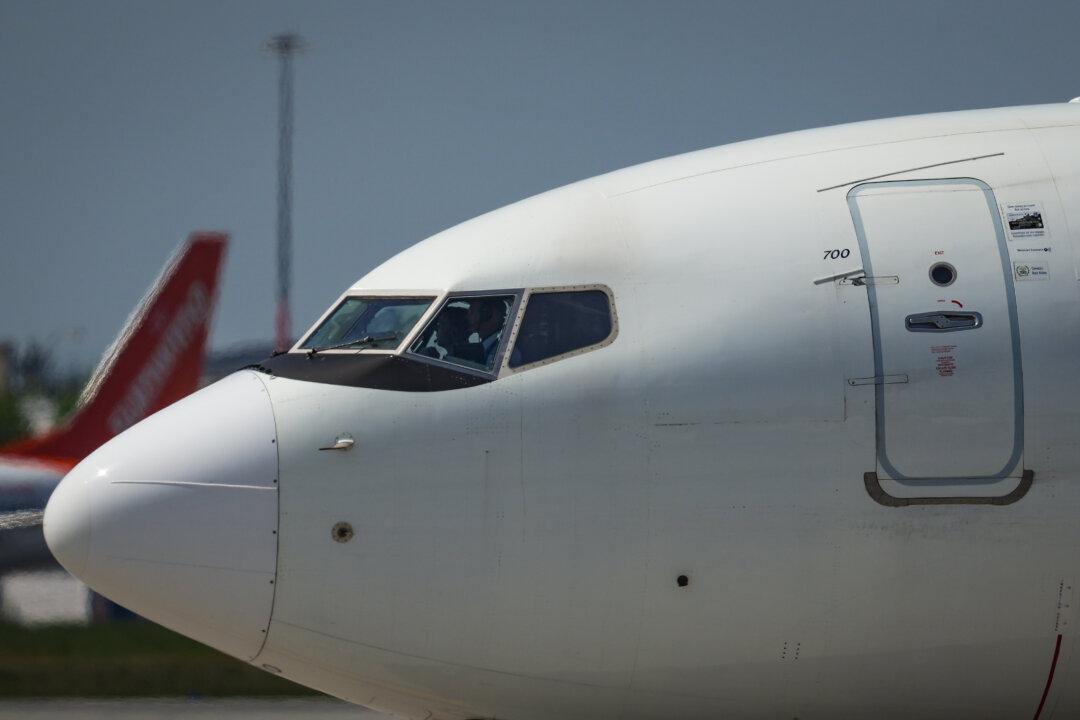Closure of the world’s longest undefended border will begin in earnest on March 19 as Canada and the United States work out the details of banning non-essential travel between the two countries.
Prime Minister Justin Trudeau and President Donald Trump announced the ban Wednesday, intended to help curtail the rapid spread of COVID-19 without disrupting the flow of essential goods and services on which Canadians and Americans depend.





